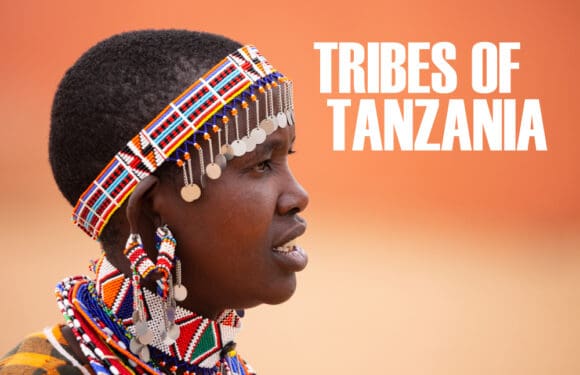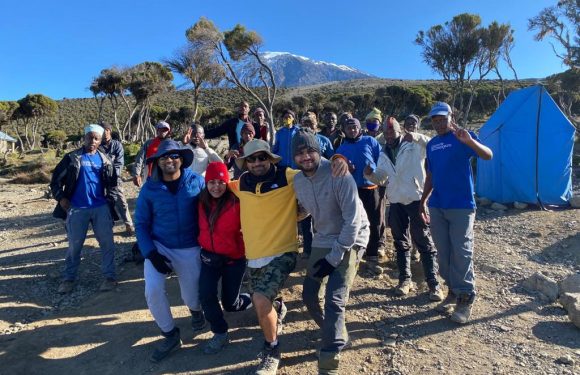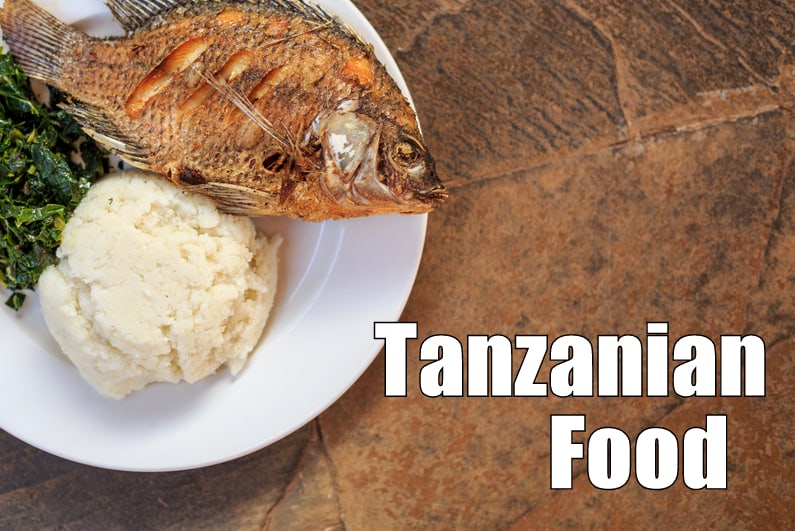
Tanzania’s culinary landscape comes from the many cultures and traditions that populate this East African nation. The country’s staple foods and traditional dishes reflect a rich agricultural bounty, influenced by the Swahili coast, indigenous tribes, and historical trade connections.
Staple Foods of Tanzania
At the heart of Tanzanian cuisine are staple foods that form the foundation of every meal.
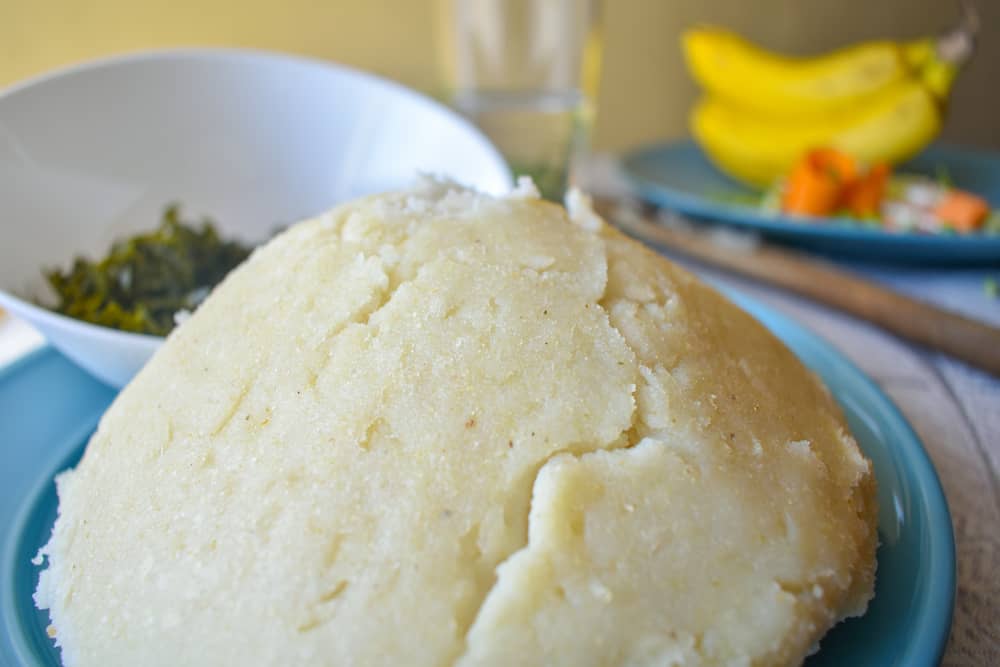
Ugali, a stiff porridge made from maize flour, is the quintessential staple, known for its versatility and ability to accompany a variety of dishes.
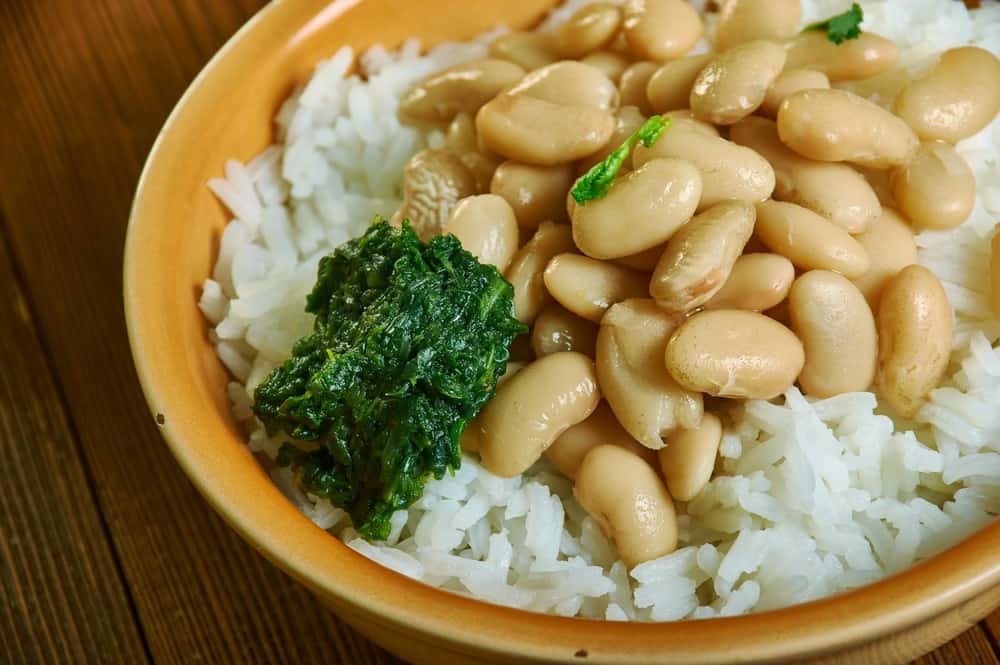
Rice also holds a place of prominence, particularly in the coastal regions, where it is often cooked with coconut milk and spices to create flavorful dishes like Wali.
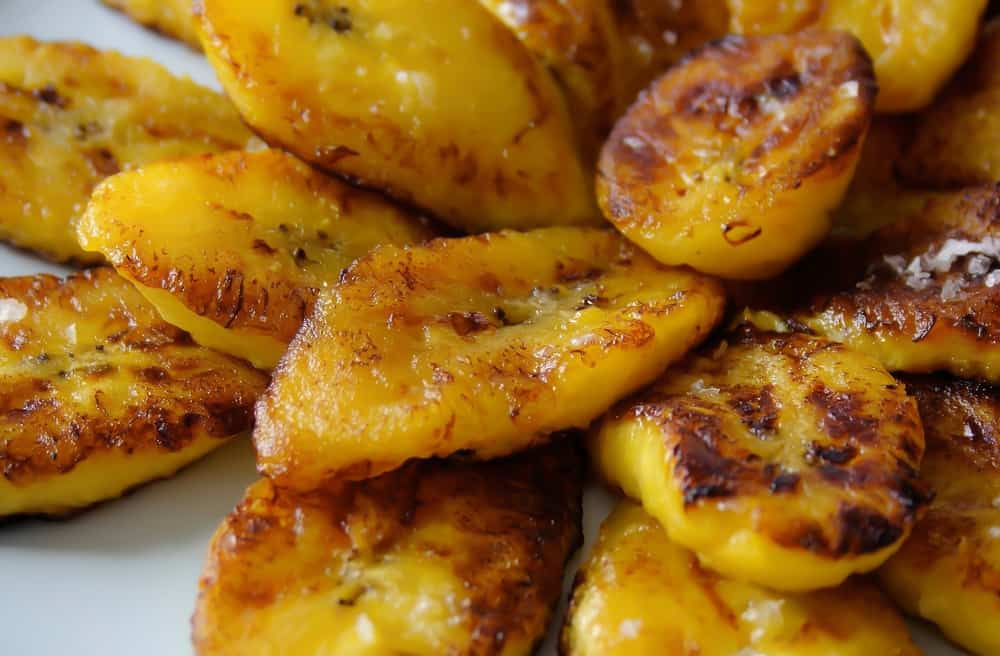
Bananas, both ripe and green, are essential, serving as the base for stews and mashes in the northern regions.
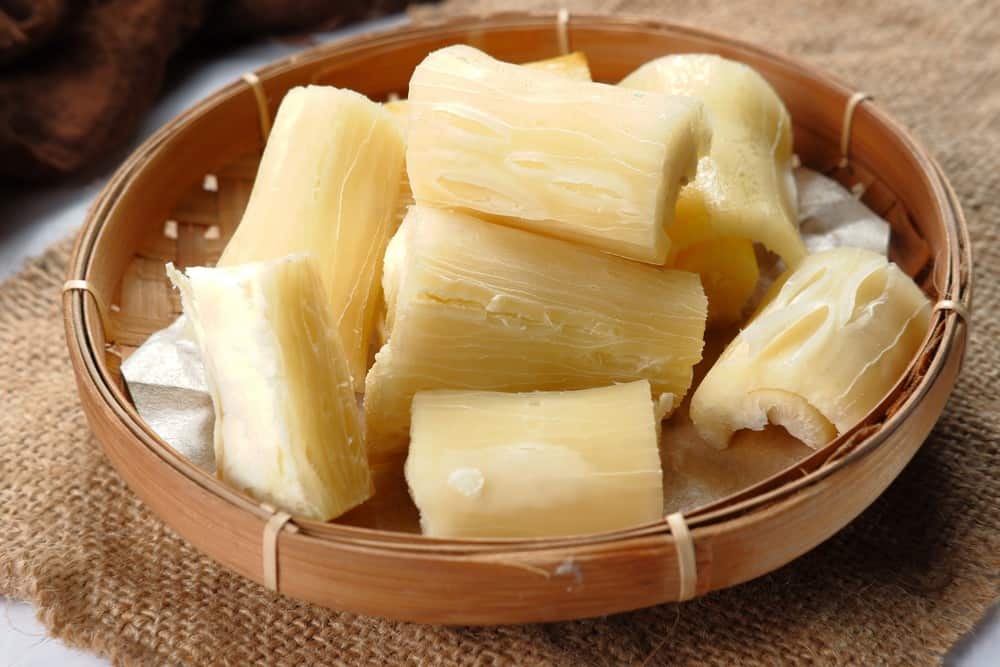
Beans, cassava, and sweet potatoes round out the list of staples, providing nourishment and energy to the Tanzanian people.
Traditional and Popular Dishes
The Tanzanian culinary scene is rich with dishes that showcase the country’s diverse flavors and cooking traditions.
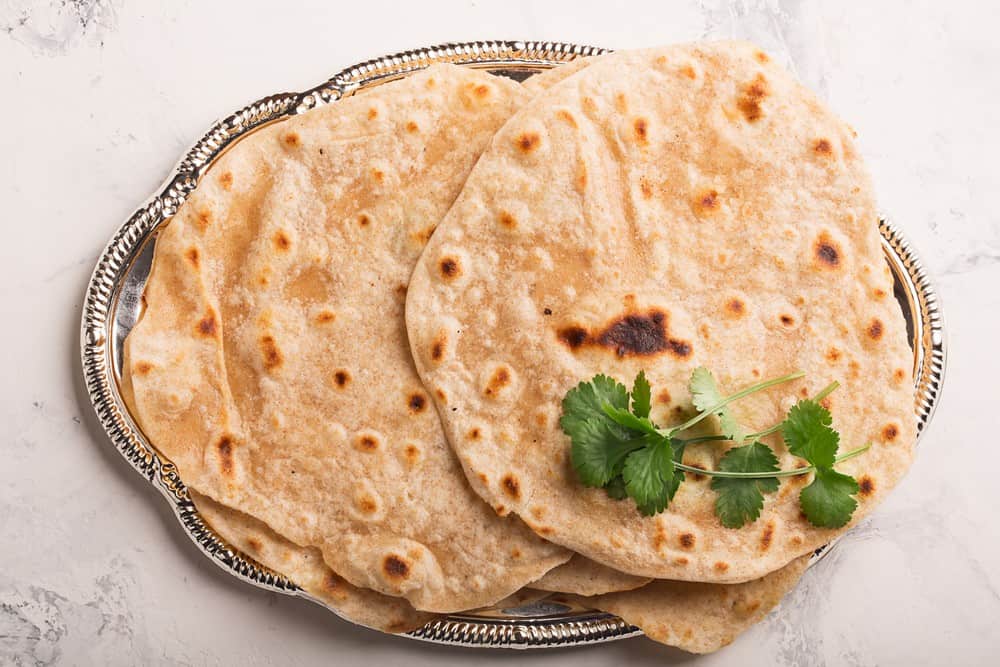
Chapati, influenced by Indian cuisine, is a popular flatbread, its flaky layers perfect for scooping up stews and gravies.
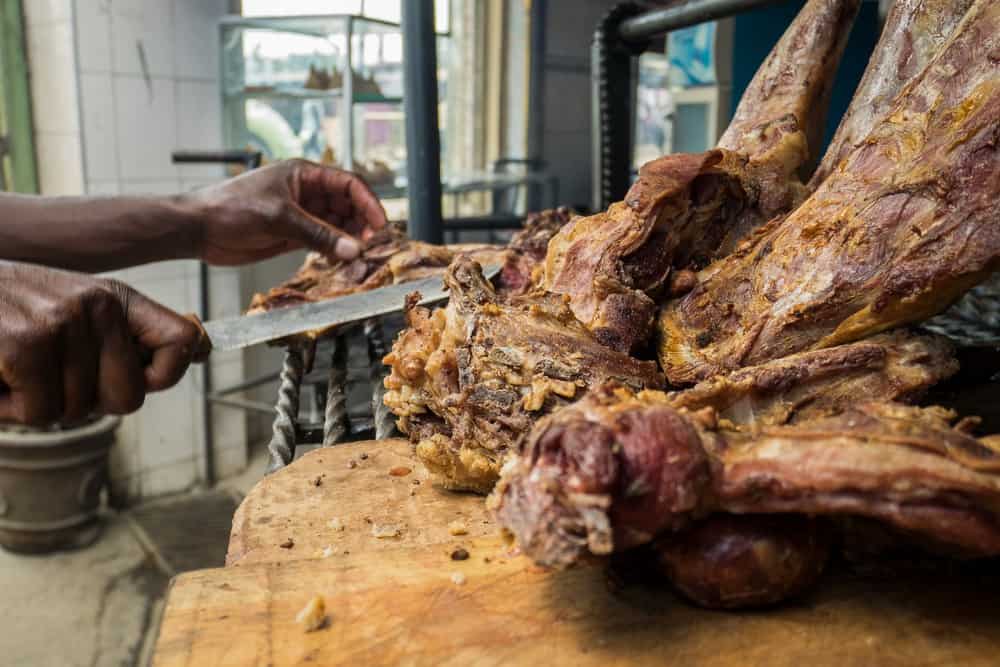
Nyama Choma, grilled meat, often goat or beef, is a beloved delicacy, typically enjoyed with friends and family at social gatherings.
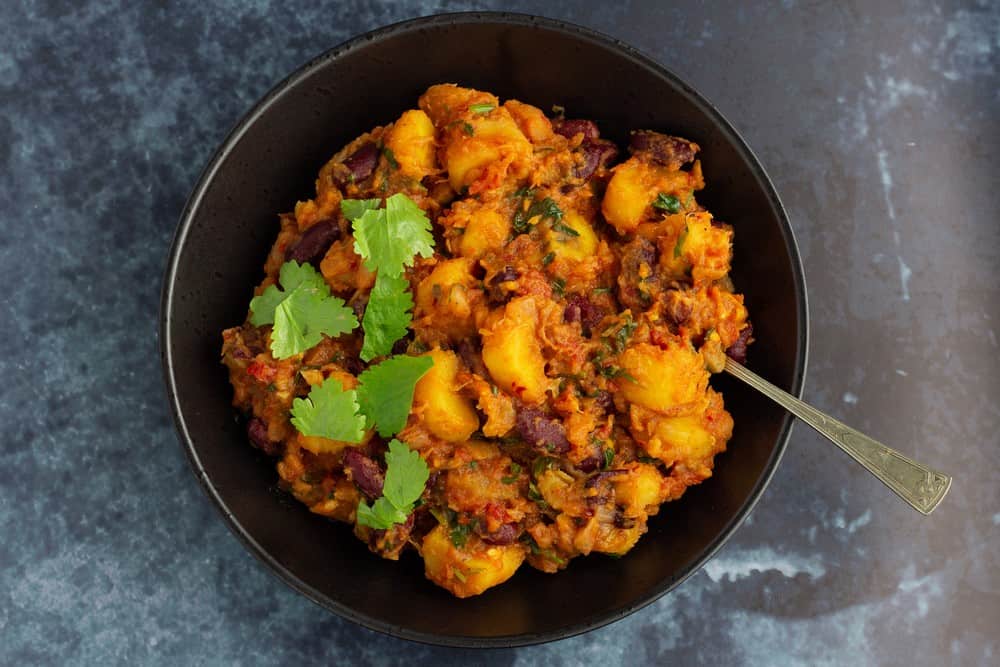
Matoke is a traditional dish made from green bananas, steamed and often cooked with lemon juice, tomatoes, and meat or fish, creating a hearty and flavorful stew.
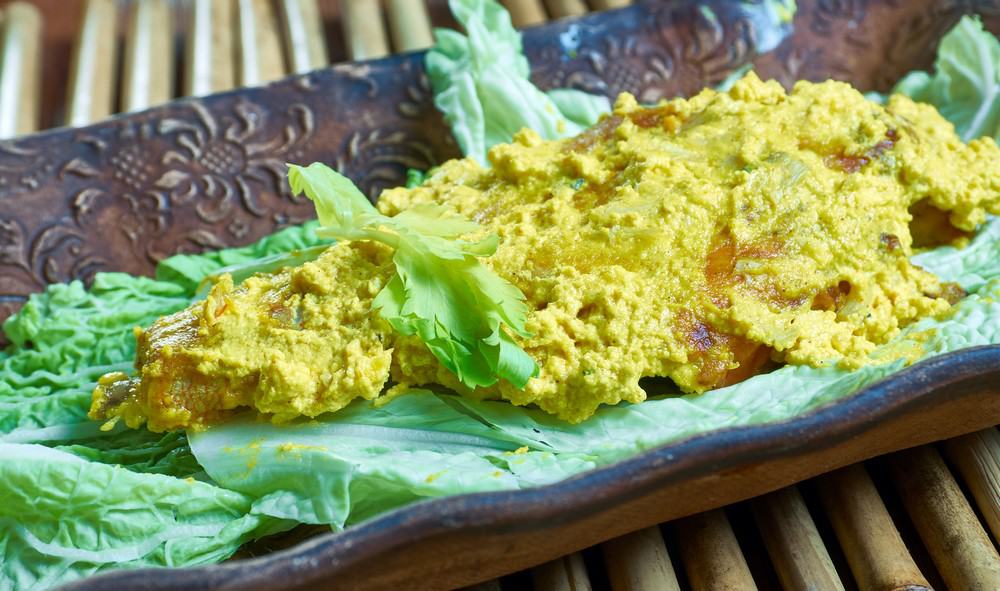
Coastal dishes, such as Samaki wa Kupaka, fish coated in a rich blend of spices and coconut, highlight the Swahili Coast’s influence, offering a taste of the Indian Ocean’s bounty.
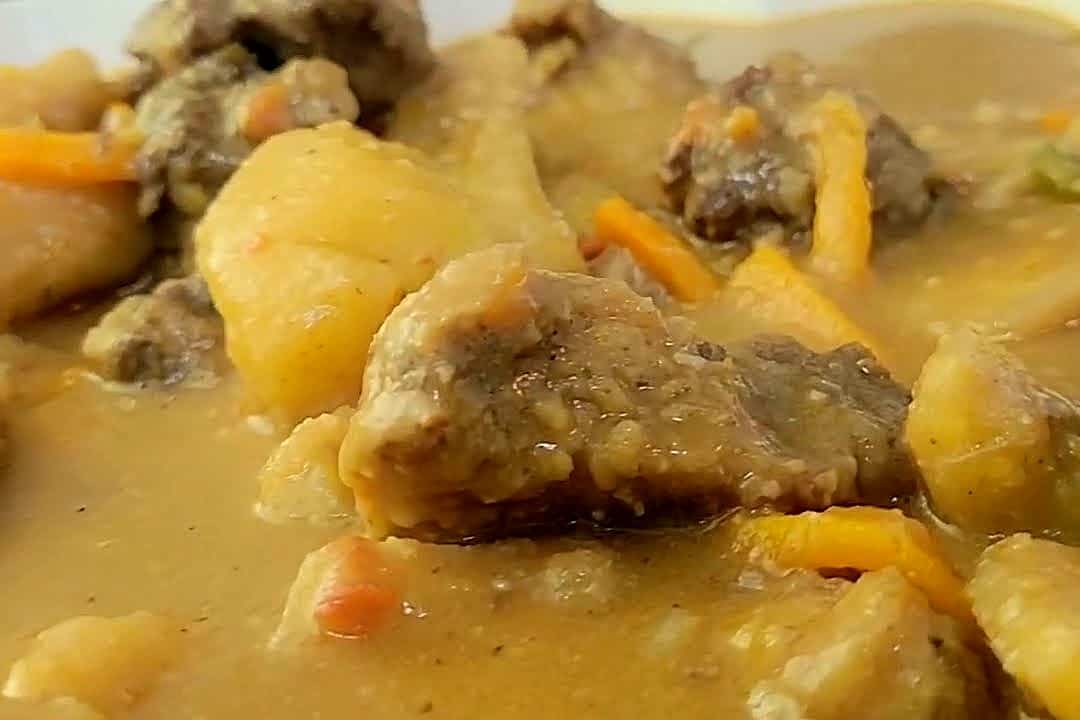
Supu ya Ndizi is a traditional Tanzanian soup made from ripe bananas, often enriched with meat or fish, offering a unique blend of sweet and savory flavors.
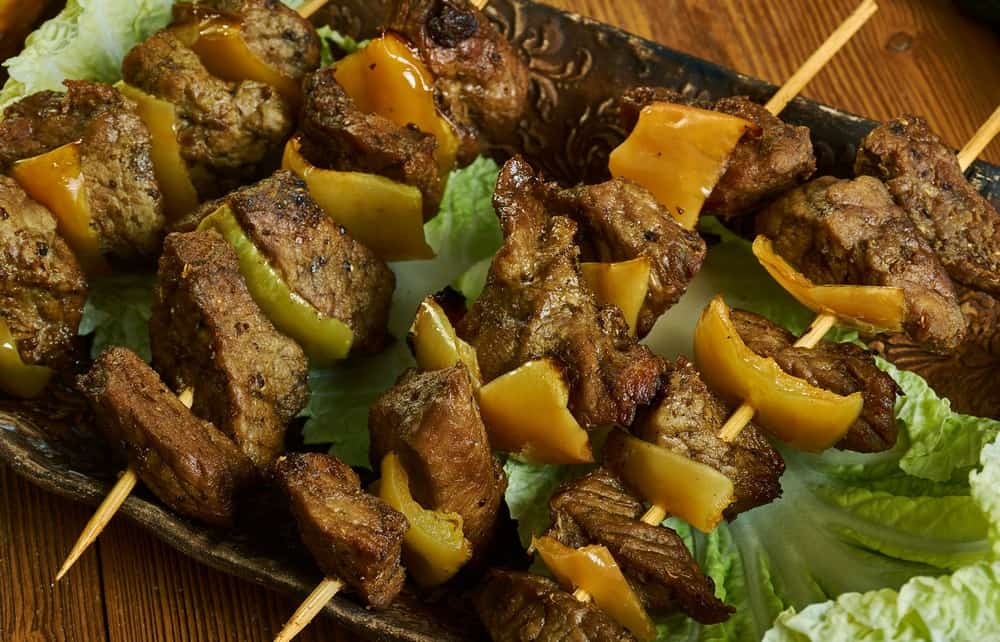
Mshikaki are marinated meat skewers, grilled over open flames to achieve a smoky flavor, a popular street food delight.
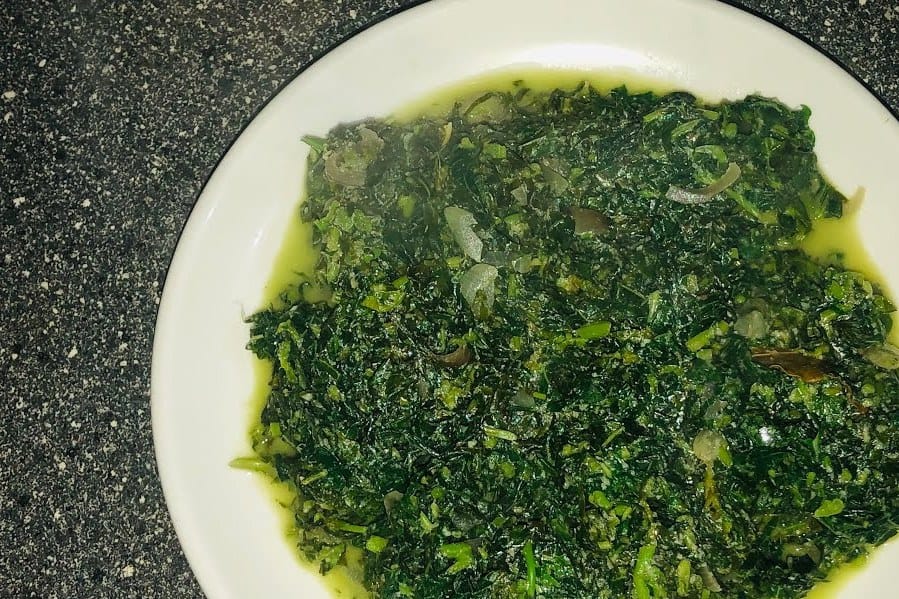
Mchicha, a dish of cooked amaranth leaves, often accompanies meals, providing a nutritious side that complements the heartiness of ugali.
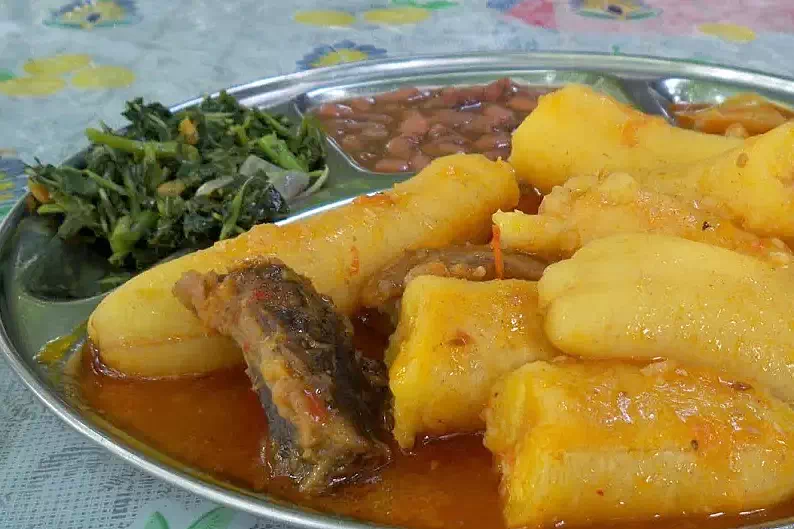
Ndizi Nyama is a hearty Tanzanian dish combining cooked bananas with meat, typically beef or goat, in a savory sauce, showcasing the country’s innovative use of local ingredients.
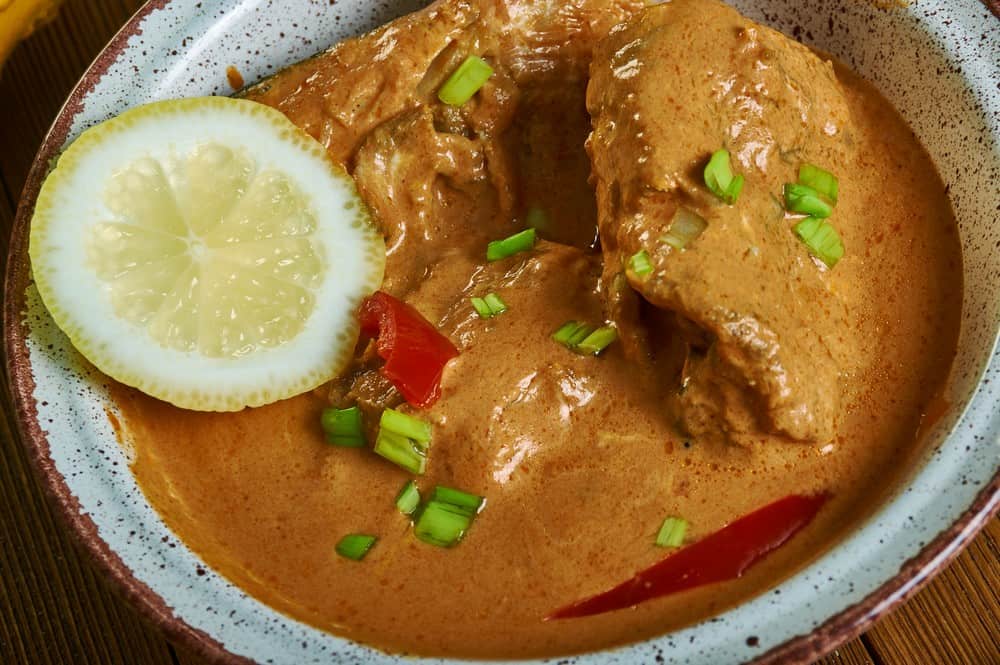
Mchuzi wa Samaki is a flavorful curry dish with meat, simmered in a rich, spicy tomato and coconut sauce, embodying the coastal Swahili cuisine’s aromatic essence.
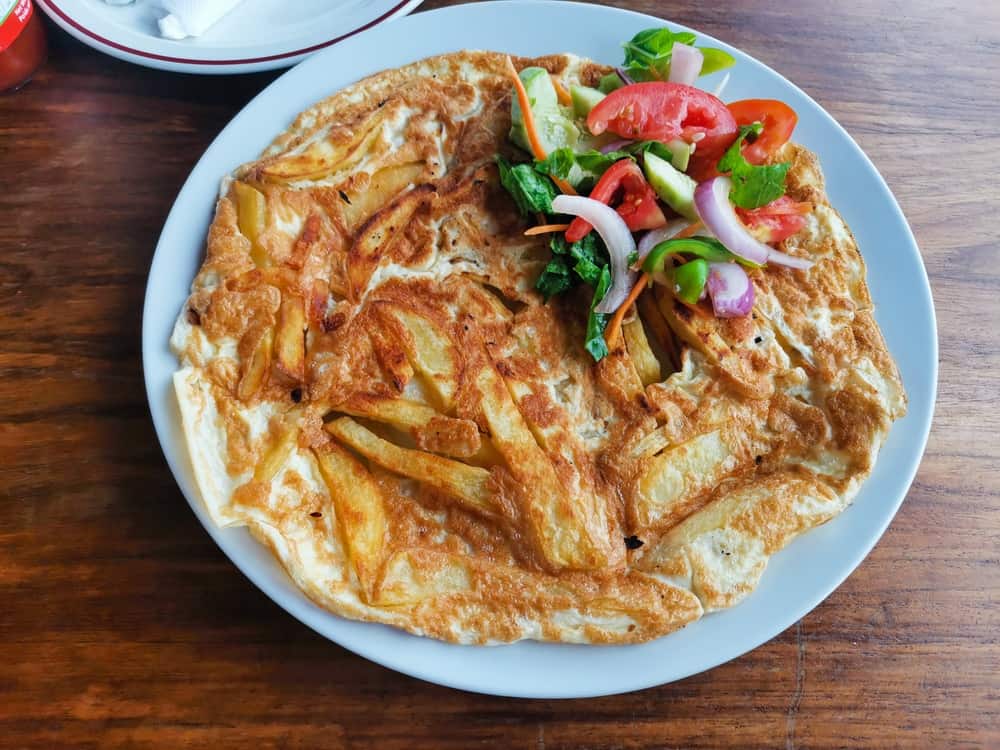
Chipsi Mayai is a street food dish combining French fries with eggs, often described as a Tanzanian-style omelette, served with kachumbari or sauce.
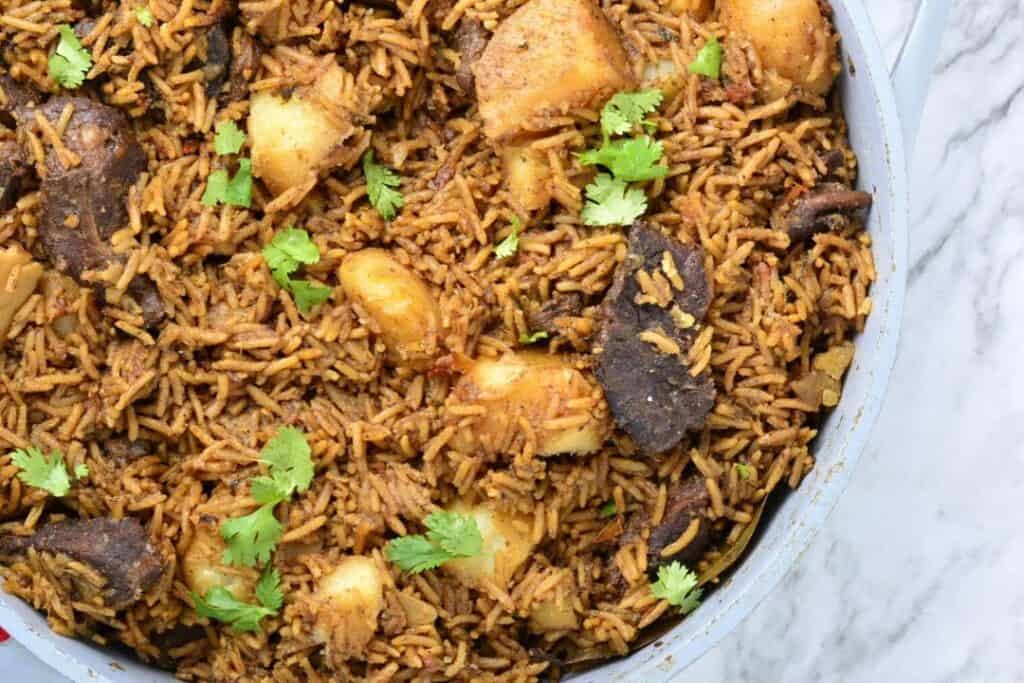
Pilau Nyama is a fragrant rice dish cooked with spices, meat, and sometimes potatoes, offering a rich blend of flavors that is distinctive to Swahili cuisine.
Eating Customs and Traditions
Eating in Tanzania is a communal affair, reflecting the country’s strong emphasis on community and family. Meals are often shared from a common dish, emphasizing unity and togetherness.
Handwashing before meals is customary, with diners typically eating with their right hand, as the left hand is considered unclean. Invitations to share a meal are a sign of friendship and hospitality, and accepting such invitations is a mark of respect.
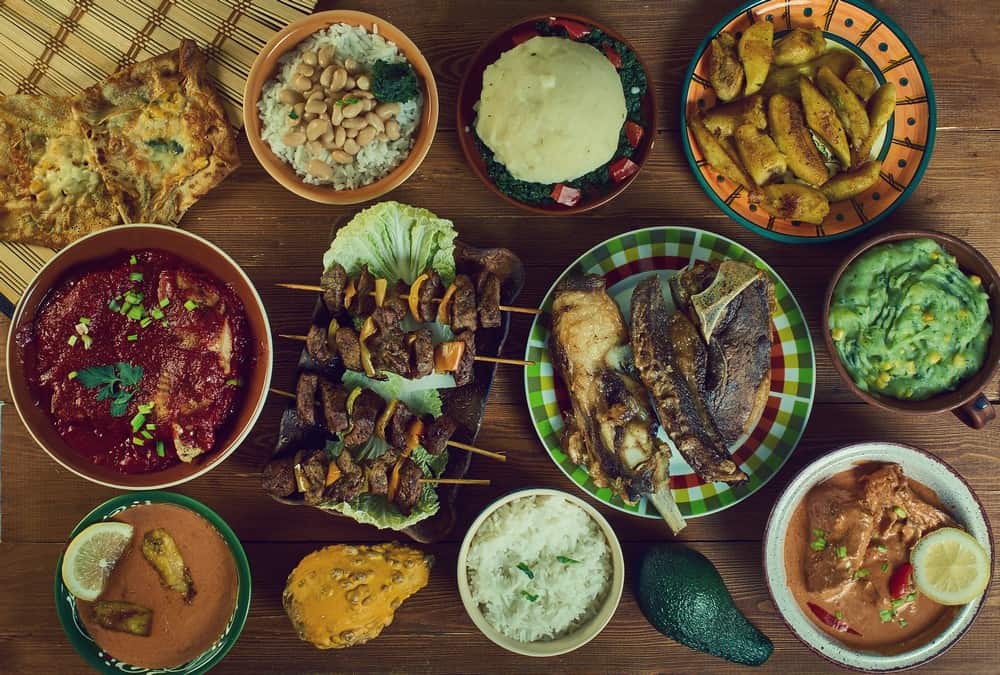
During Ramadan, the Islamic holy month of fasting, the breaking of the fast at sunset, or Iftar, brings families and communities together to share in specially prepared feasts, underscoring the role of food in religious and cultural observance.
The cuisine of Tanzania is as diverse and vibrant as its landscape and people. From the staple dishes that form the backbone of daily nutrition to the traditional meals that animate festive occasions, Tanzanian food exemplifies the nation’s rich cultural heritage and communal spirit. To dine in Tanzania is to partake in a tradition that celebrates the joy of sharing, the warmth of community, and the enduring bonds of family and friendship.


























































